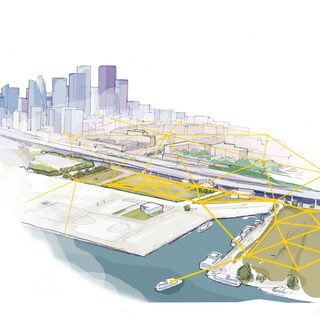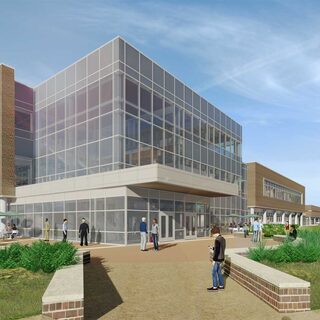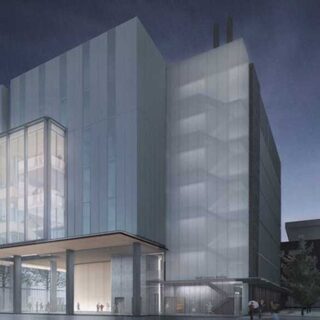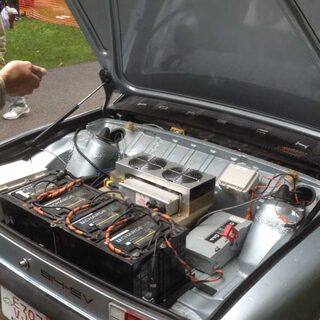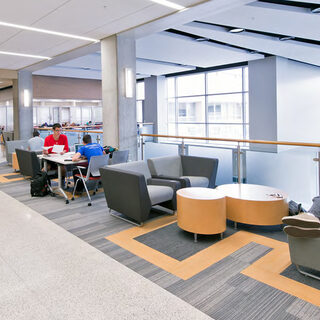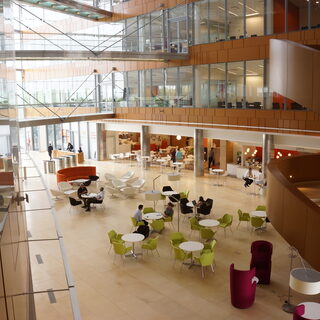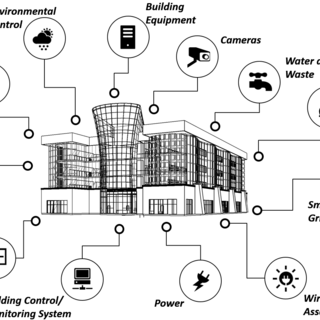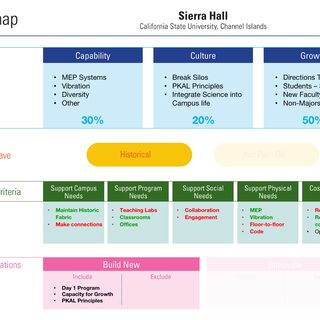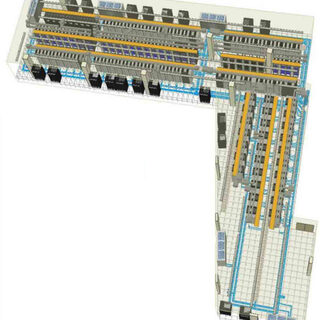Utilizing IoT to Create Smarter Spaces, Buildings, and Cities
The Internet of Things (IoT) is a widely used buzzword that refers to a rapidly growing network of internet-connected devices and sensors that transmit data back to a central repository for rapid analysis. This network generates massive amounts of information that can be used to maximize energy efficiency, optimize space use, reduce costs, and increase operational visibility across all types of facilities and organizations. LED lights with sensors, smart grid meters, intelligent HVAC and security systems, even mobile and body-worn devices, all generate tremendous amounts of data that both humans and computers can use to make better decisions.
